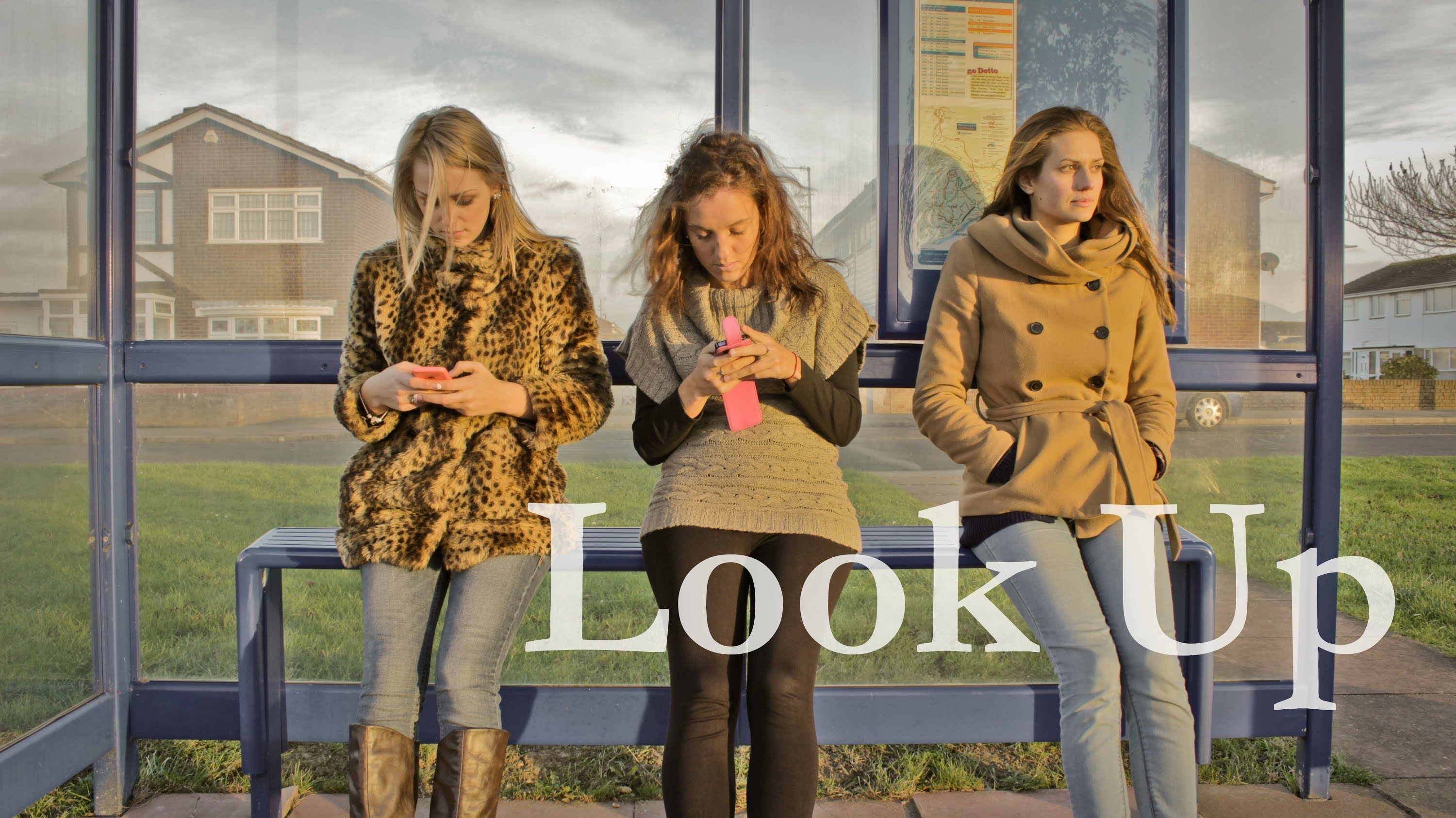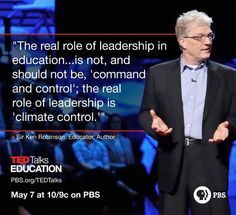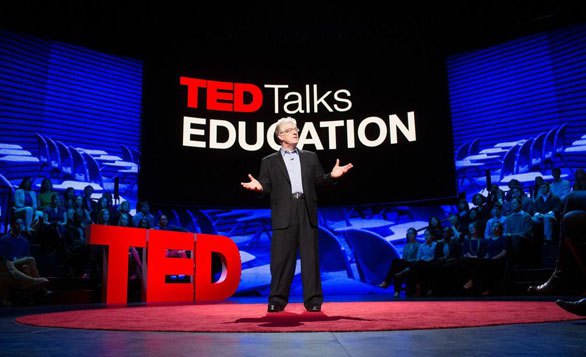Some good points taken note of at the lecture:
- Some key considerations of creating a multimedia work according to Hannah is how the clips are linked together and how the interface reflects that. She states that, ‘it’s not just creating a story, but going through a process of expanding ,not making it narrower’. Whether it’s going to end or goes forever. While Jasmine notes the different layers in a K-Film and how you can form connections through the clips. Seth notes that some considerations to consider in creating a Korsakow film includes the consistencies of the interactive documentary, how films are designed and having multiple relations with one another, the fragmentation of the K-Film and how it is combine with the taxonomy in the creation of a K-Film. On the other hand, Adrian argues that, ‘if you don’t listen to the material, your work will not be as good as you believe’.
- Risks in K-Films is related to linearity and emergence.
- K-Films may reference to semiotics -‘What can I make it mean? How can language can enhance it the documentary?’
- Is having an end SNU is a good idea to make a film have a conclusion? Not necessary. You can design and construct your K-Film to have a micro-conclusion throughout the duration of the film. You can have an end SNU, but maybe a lot of stories don’t have endings.
- Sound tracks and image tracks in Korsakow can play a sounds independently of the K-Film.











